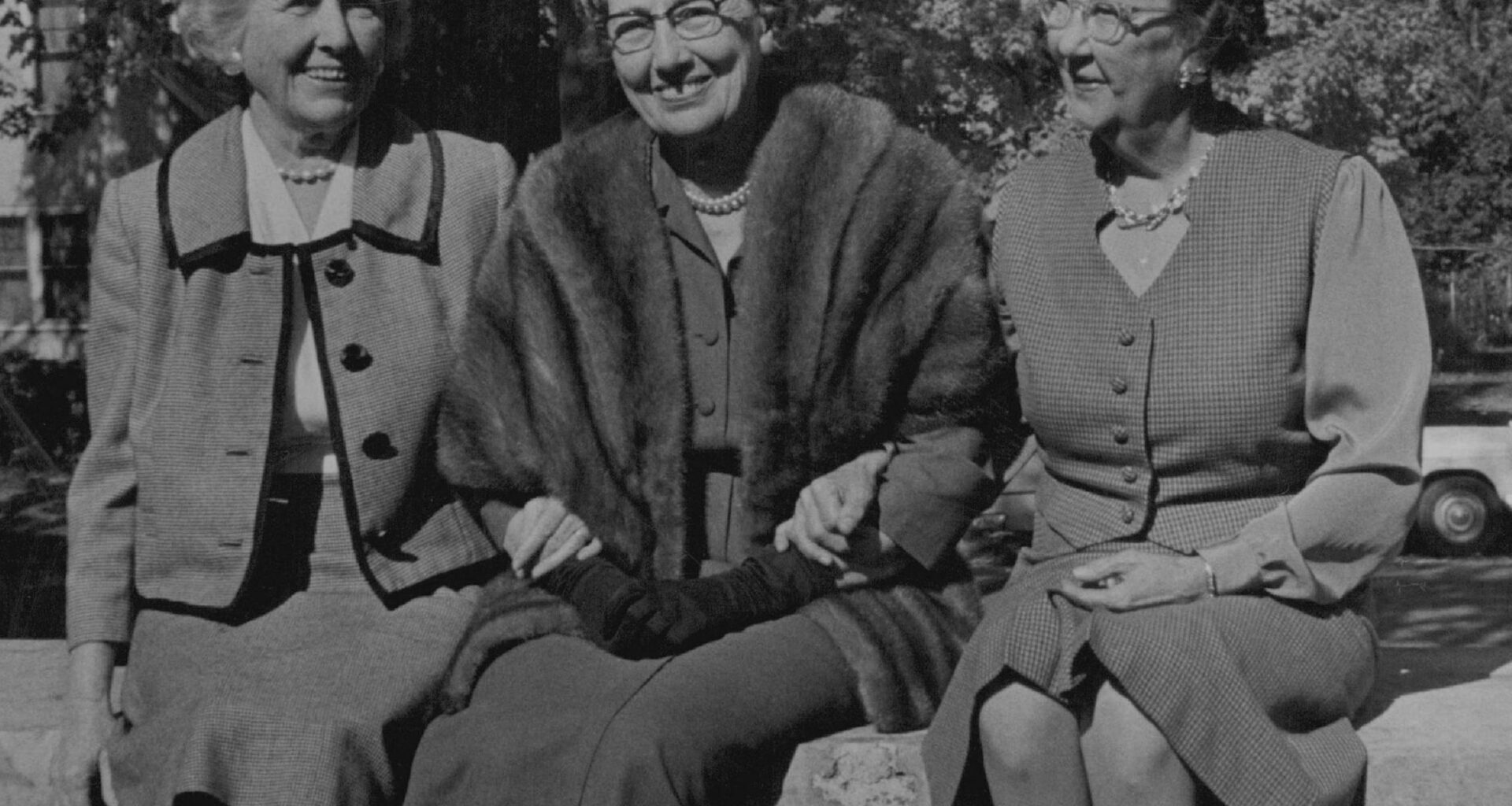Nothing explosive ever happens in the novels. The characters don’t solve mysteries or time travel or save lives. They are full of drama, nonetheless. How will Betsy get down from a tree she’s too scared to jump from even though her friends did it? Who will win the high school essay contest? How to let a boy know you are simply not the type to hold hands?
The Betsy-Tacy books overlapped with the release of the Little House series but were set in a later generation. The Little House books recount the hardships and allure of pioneer life. By the time Betsy and Tacy start school, the Dakota people had long since been driven out, and homes have electricity and even telephones. For them, it’s an easier, lighter-hearted time, full of dancing, singing and parties.
Yet the stories aren’t shallow. They’re intimate, even deep. The characters ponder religion, death, the treatment of Syrian immigrant neighbors. They value honor, dignity and self-improvement. New York Times columnist Anna Quindlen calls Betsy a “feminist icon” in her drive toward a writing career at a time when most girls aspired to become housewives.
I could rattle on and on about my love for these books, which occupy a drawer in my living room chest.
But mostly I see them as a balm for the people of our times. They speak to us from 115 years ago, their voices reaching into a time of political division and chronic loneliness to remind us what’s important.
Being with people is important. So is joking around, affectionate teasing, helping each other.

